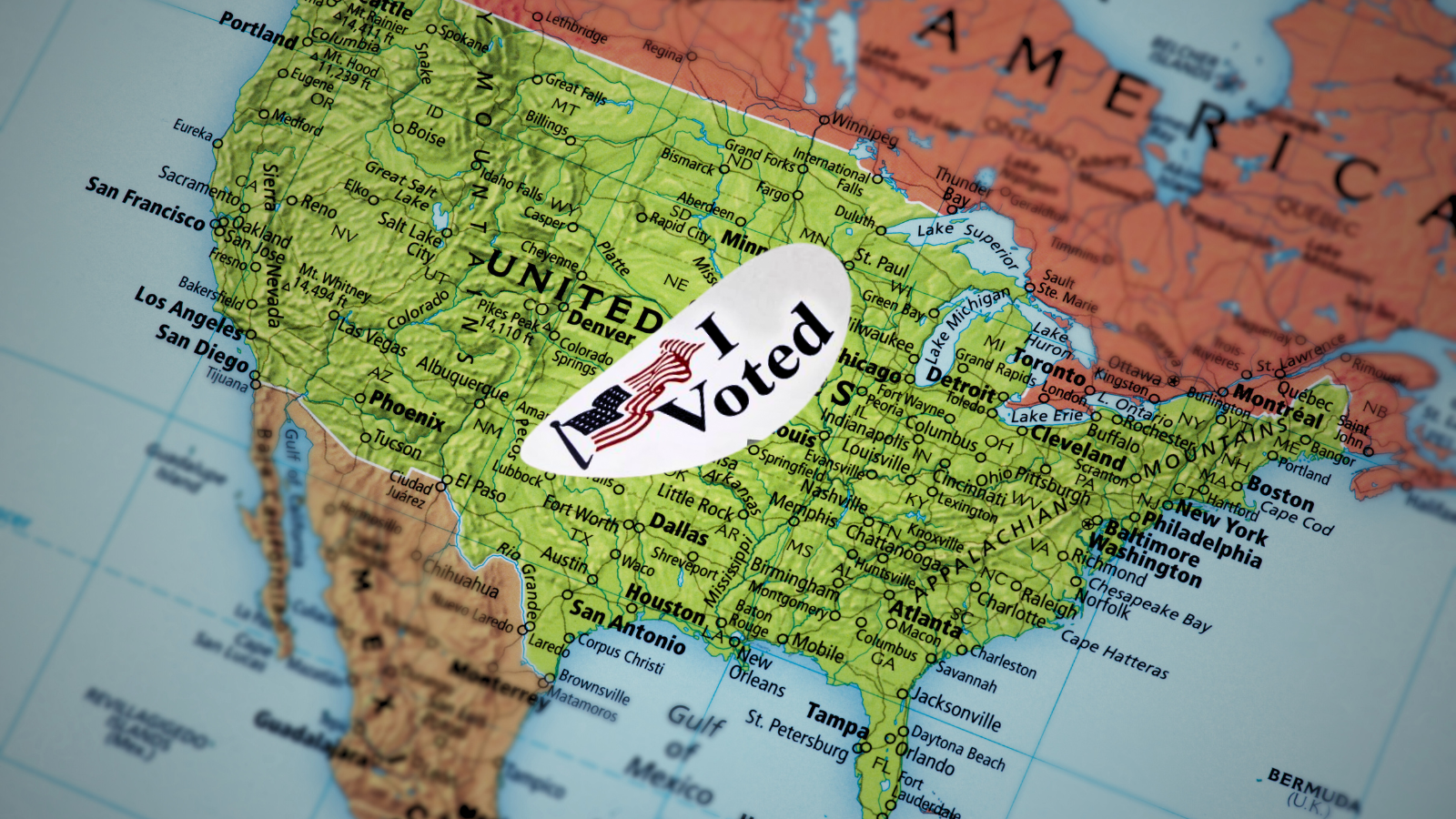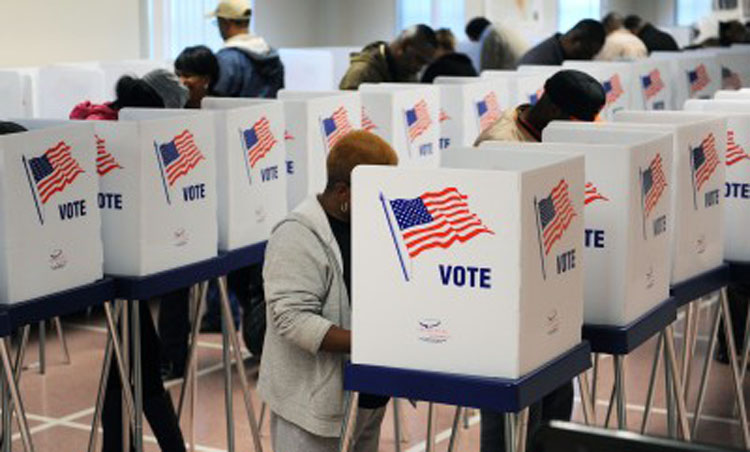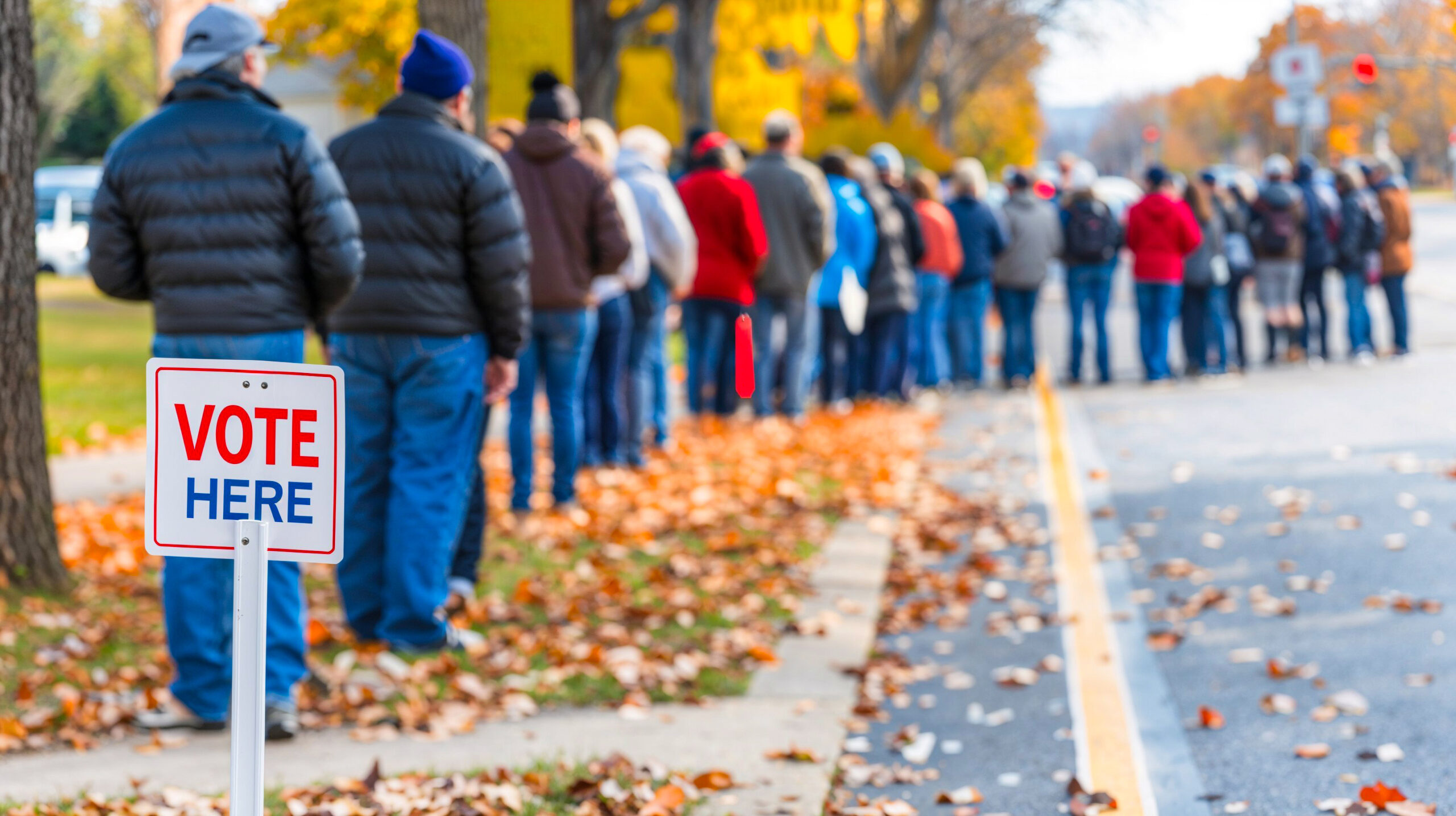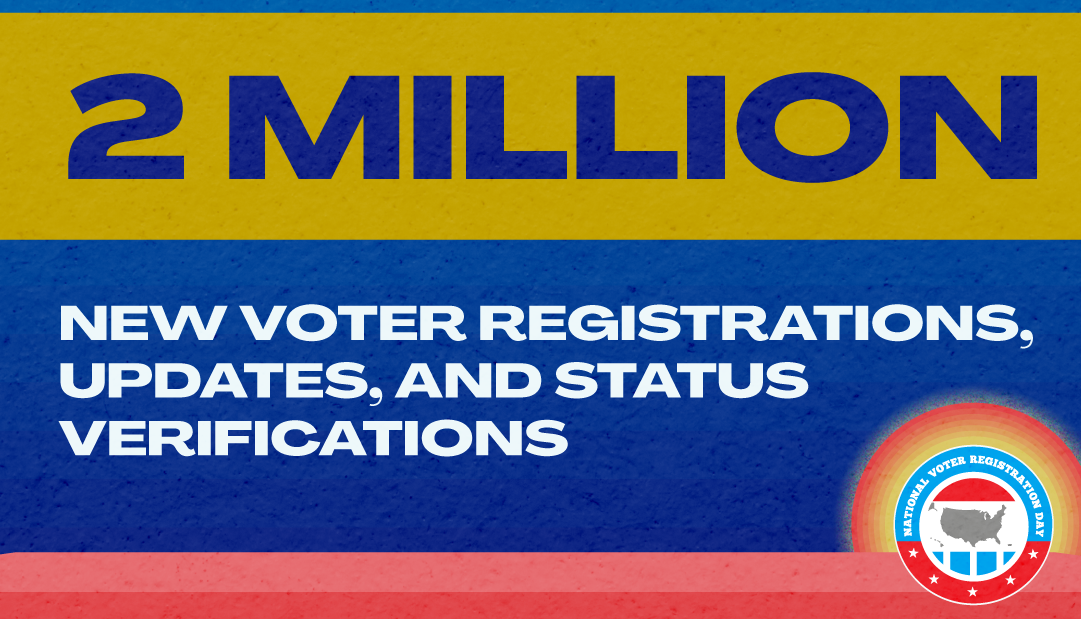We recently hosted a record-breaking webinar (1000 RSVPs!) about expanding mail-in voting policies in the age of COVID-19 featuring Amber McReynolds from Vote at Home Institute, Washington Secretary of State Kim Wyman and Ben Hovland from the Election Assistance Commission. Simply put, we didn’t have enough time to answer all your questions during the live webinar, but that doesn’t mean we were going to leave you hanging.
So here are some answers to the most often asked questions that just didn’t make the cut:
Q: Does Vote-at-Home or mail-in ballots eliminate in-person voting?
A: No. Some have suggested only using mail-in ballots due to COVID-19, but expanding voting by mail neither requires nor encourages states to remove in-person options. Full Vote-at-Home states generally offer both mail-in and in-person voting options. Encouraging most to vote by mail can reduce crowd sizes at polling places, increasing the safety for those who still need to vote in-person due to a mail-in ballot not being received, lost ballot, language issue, or other challenge with their mail-in ballot.
Q: How can we protect mail-in ballots from voter fraud?
A: There is little evidence of widespread fraud in mail-in voting. Nonetheless, every election official needs to make sure that voting is secure however those votes are cast. The Brennan Center outlines the policies and strategies that are used to make sure voting by mail is protected from fraud and instill voter confidence.
Q: How do you know that mail-in ballots arrive at the elections office and are counted?
A: Allowing voters to check online if their ballot was received is one great way to make voters more comfortable with the process, and according to NCSL about 30 states do this already.
Q: What if a ballot is lost (or not received)?
A: State rules vary, but generally voters can apply for a replacement ballot (if there is time) or use in-person voting to still vote.
Q: How are mail ballots counted?
A: This infographic breaks down each step in the ballot processing (counting) procedure. If you want even more information, or to provide guidance to your local election office, refer to this document from the EAC’s website.
Q: How does signature matching on ballots work?
A: Election judges verify signature matches. It is important to build clear procedures that include bi-partisan teams, consistent training programs for local election officials. Guidance around this is offered by the EAC.
Q: My state has complex requirements, like notaries, witnesses, or excuses. What should I do?
A: Find out exactly what is required in your state using this table. If the requirements will make voting by mail difficult for you or the people you serve, get in touch with your local election office to raise the concern. Some restrictions may be state law, and therefore require legislative pressure and action to change.
Q: What about voters with disabilities?
A: Vote by mail programs can help close the gap in turnout for voters with disabilities, in part because transportation is often a significant barrier. But for voters who are low vision or need accessible voting machines, in-person voting is still available.
Q: What about voters on tribal lands?
A: Tribal communities face many barriers to voting by mail, so advocate for these changes laid out by the Native American Rights Fund.
Q: I’m worried about the reliability of the USPS for mail voting.
A: While there is concern that the Postal Service could run out of money, it has survived for over 225 years and continued service delivery even during the Civil War and the 1918 Flu. USPS has many resources available to election officials to accommodate voting by mail and other election mail. And as noted previously, ballot tracking systems allow voters to confirm the arrival of their ballot at the elections office.




